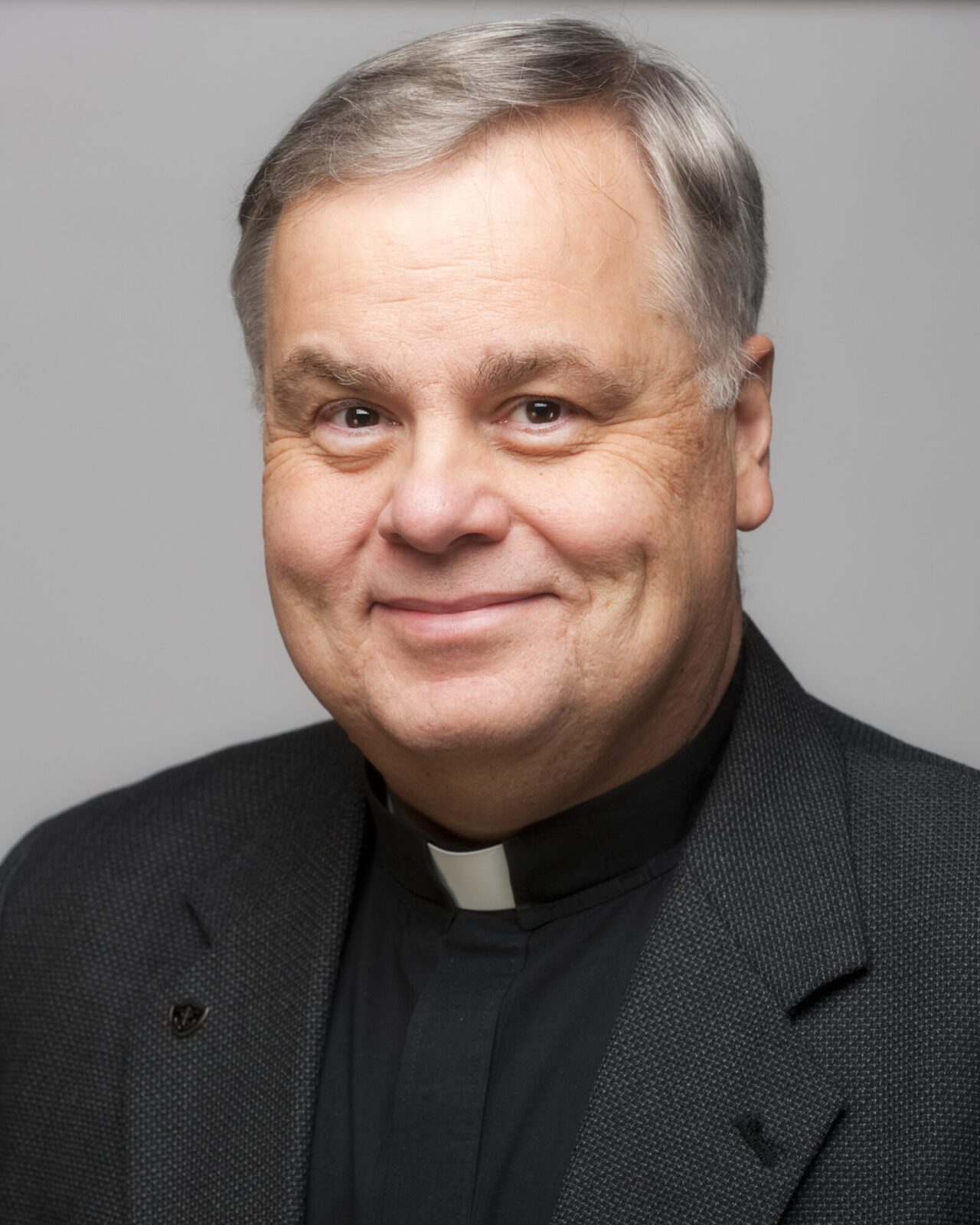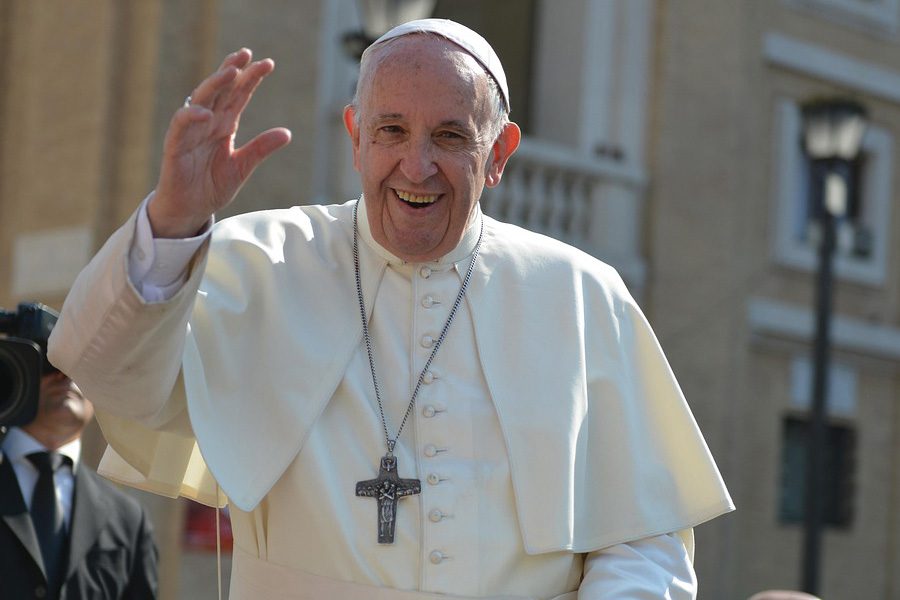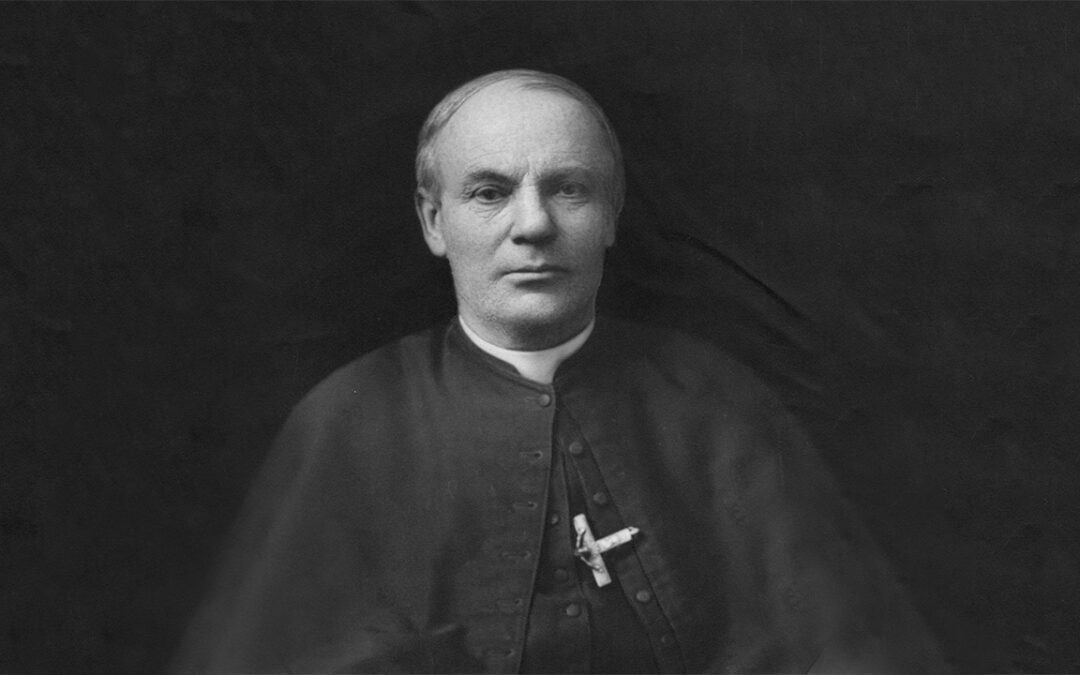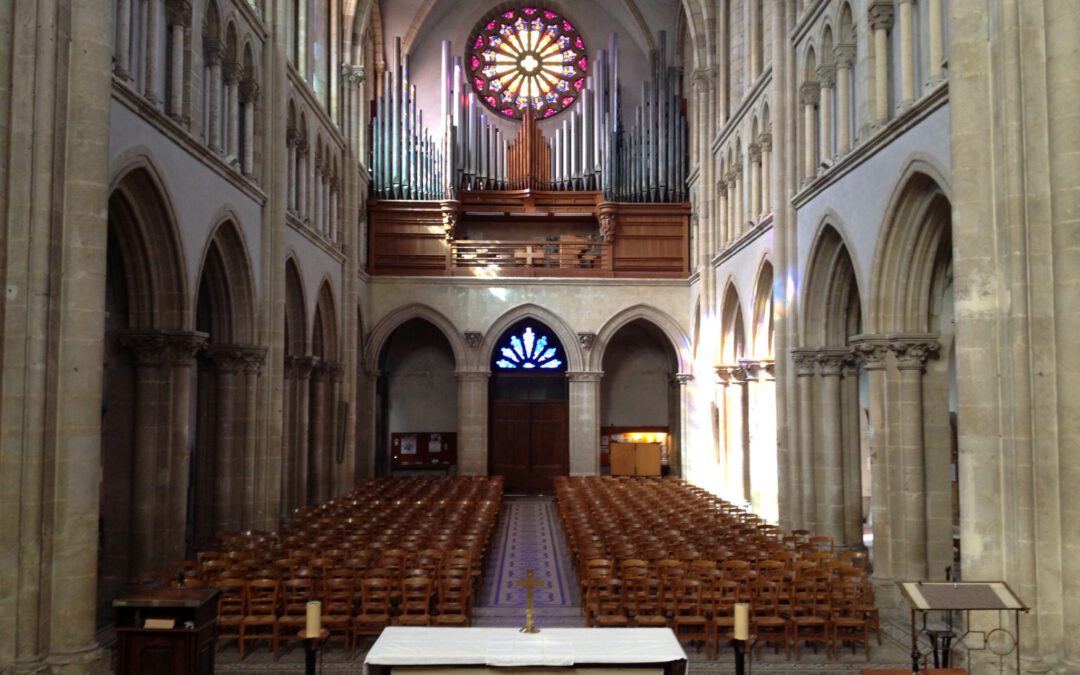In our Gospel this week, Peter experiences an extraordinary revelation. Jesus is transfigured before him – appearing for a few moments in dazzling glory. Peter is so astounded by what he sees and hears, that he finds himself talking, with no clear idea of what he’s saying.
Before the events described in our Gospel, Peter already knew and loved Jesus in the context of the small band of disciples. And in that context, Peter regarded Jesus as a truly wonderful master. But Peter’s experience of Jesus to this point, could not equip him with a mature understanding of who Jesus is in the great scheme of things: That’s what he is granted today on the mountain: a shattering, disorienting glimpse of Jesus as the only Son of the Living God – the one through whom God created, sustains, and will judge the universe. No wonder Peter is left babbling.
Maybe it’s foolhardy to compare what happens to Peter and the others on the mountain with anything in ordinary human experience, but I’m going to try. Perhaps a kind of literary comparison can be drawn to an experience many of us had as young readers engrossed, for the first time, in C. S. Lewis’s, The Chronicles of Narnia. As we luxuriated for hour after hour in Lewis’s fictional world, we identified with the characters in the stories, and came to share their love for the great lion Aslan, who in the midst of all their adventures, unfailingly provided the heroes with affection, comfort, wisdom, correction. Wouldn’t it be wonderful, we thought, if life really was an adventure like in the books? Wouldn’t it be wonderful if the great lion Aslan was real and cared for us! And then, whether in volume 2 or 4 or 7 we suddenly realized that Aslan was meant to represent Jesus, and the great adventures in the stories were meant to represent the life of faith, and what we were enjoying so much as fiction was intended as a figurative description of the way the world really is, and the way our lives could really be. It was, in a way, a moment of transfiguration.
Another childhood experience comes to mind. It was a Spring afternoon in Kankakee, Illinois. School was over for the day. I had a nickel in my pocket, and was walking to the local Dairy Queen with one of my third grade classmates – someone I didn’t know very well. His name was Jeff Christiansen. I don’t remember what we talked about as we walked, but I remember that at one point my left forearm happened to brush against his right arm, and I was instantly overcome with the feeling of having touched another universe – another center of consciousness. Here was another human being, who looked out on the world from his own standpoint and interpreted it by his own lights. I remember being filled with the feeling that in merely touching another person, I had been granted an extraordinary privilege.
Now that was a long time ago, and I can’t be sure what was going on. Maybe I was coming down with some childhood illness and was slightly delirious. More likely, the occasion marked the first time that I broke free momentarily from the profound self-centeredness of childhood, to realize that there really were other people out there, existing entirely independently of me. In any case, it was probably the closest thing to a mystical experience that I’ve ever had. For a moment, the floor dropped out of my understanding of the world, and I realized that there were depths to reality that I had never suspected. My world was transfigured.
I make these comparisons to the scriptural account of the transfiguration, in the hope of recalling to you minds similar examples from your own experience: Moments when an insight into the unfathomable depth and richness of life and faith seemed for a moment to be within your grasp, and you caught a glimpse of the mystery of Christ in our world.
Perhaps for you, as it was for Abraham, it was a moment when you looked up at the night sky and tried to count the stars. Perhaps it was a moment of unique insight in the course of a lifetime of study, or a certain expression caught on a particular face in a particular light. I think that such revelatory moments occur more frequently than we ordinarily assume. They are graced moments, and Lent is a good time to recall them in memory and in prayer, so that their power to give hope and direction in our lives is renewed.
But whether or not we have personal experiences to recall, we can all as Christians claim as our own the experiences recorded in scripture. In a real way, what happens to Peter happens to us. It is part of our experience as the one Body of Christ in the world.
Even more remarkably, what happens to Jesus will happen to us. The events recorded in our Gospel are not mere stories offering a moment’s comfort or diversion, but reflections of the way the world really is, and of the offer of unbounded divine love that is held out to each of us. For a moment on the mountain, Peter sees Christ in glory. Saint Paul promises that one day Christ will give new form to this lowly body of ours, and remake it according to the pattern of his own glorified body.
All this can happen because of the life, passion and resurrection of Christ – the resurrection made present to us in a unique way at Easter. And so Lent is a time of anticipation for us – a time of yearning for the event that transfigures our life, our world and ourselves.

Rev. Charles B. Gordon, C.S.C., is co-director of the Garaventa Center for Catholic Intellectual Life and American Culture at the University of Portland. He writes and records a regular blog called “Fractio Verbi.



